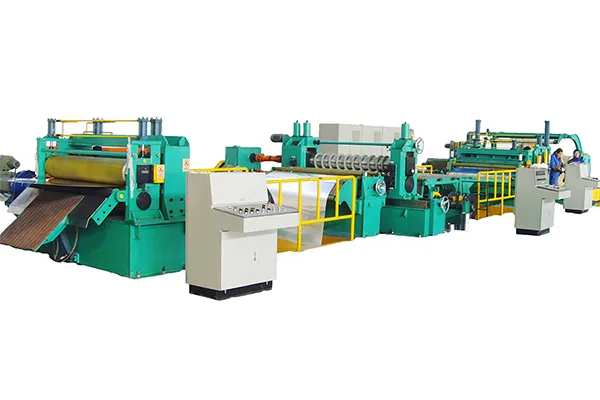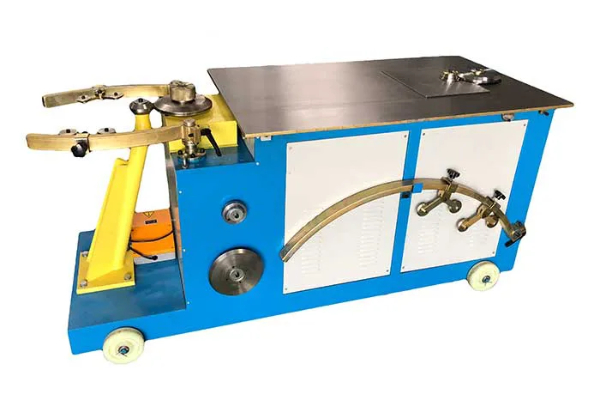
Step-by-Step Guide to Operating a Sheet Forming Machine
- By:Metmac
- 2024-07-02
- 217
Embark on the Journey of Precision Metal Shaping
In the realm of metalworking, where precision and efficiency reign supreme, the sheet forming machine stands out as a formidable tool. With its ability to transform flat sheets into intricate shapes, this formidable machine opens up a world of possibilities for engineers, manufacturers, and artisans alike.
Step 1: Safety First
Donning appropriate safety gear, including gloves, eye protection, and sturdy footwear, is paramount before operating any machinery. Additionally, ensure that the machine is properly grounded and that all safety devices are functional.
Step 2: Loading the Material
Carefully place the sheet metal onto the machine’s bed, ensuring it is aligned correctly. Secure the material using clamps or a vacuum system to prevent slippage during forming.
Step 3: Selecting the Correct Tooling
Choose the appropriate tool, known as a die, based on the desired shape. Dies are available in various sizes and configurations to accommodate different forming requirements.
Step 4: Adjusting the Machine Settings
Configure the machine settings, including the pressure, stroke, and speed, according to the manufacturer’s instructions and the material being formed.
Step 5: Initiating the Forming Process
Start the forming cycle by activating the machine. The upper die will descend upon the sheet metal, applying pressure and shaping it into the desired contour.
Step 6: Monitoring the Process
Observe the forming process closely, ensuring that the material is behaving as expected. Adjust the settings or stop the machine if any irregularities occur.
Step 7: Unloading the Formed Part
Once the forming process is complete, release the clamps or vacuum system and remove the formed part from the machine bed.
Tips for Optimal Performance
Use sharp dies to ensure clean and precise cuts.
Lubricate the dies regularly to reduce friction and extend their lifespan.
Practice on scrap material to perfect your technique before working on valuable pieces.
Seek professional assistance if you encounter any difficulties during operation.
Conclusion
Operating a sheet forming machine requires a combination of precision, skill, and a keen eye for detail. By following these steps, you can unlock the full potential of this remarkable machine, transforming flat sheets into the building blocks of innovation and artistic expression.
-
Finding the Right Partner: Your Guide to Premium Sheet Metal Laser Cutting Machines for Sale
2025/12/23 -
METMAC: Defining Excellence Among Sheet Metal Laser Cutting Machine Manufacturers
2025/12/23 -
Unleashing Power and Precision: The METMAC Plasma Sheet Metal Cutting Machine
2025/12/23 -
CNC laser cutting machine sheet metal-Precision Redefined: The METMAC CNC Laser Cutting Machine for Sheet Metal Mastery
2025/12/23
-
Advanced Sheet Metal Rolling, Laser Cutting, and Folding Machines for Precision Fabrication
2025/10/31 -
High-Performance Sheet Metal Bending and Cutting Machines for Modern Fabrication
2025/10/31 -
High-Quality Sheet Metal Equipment for Sale: Efficient Solutions for Modern Manufacturing
2025/10/31 -
High-Performance Sheet Metal Equipment for Sale: Forming and Shearing Solutions for Modern Fabrication
2025/10/22
-
A Guide to the Latest Innovations in Sheet Metal Folding Machines
2024/11/29 -
Key Features to Consider When Investing in a Sheet Metal Folding Machine
2024/11/28 -
Enhancing Precision with Advanced Sheet Metal Folding Machines
2024/11/27 -
How to Choose the Right Sheet Metal Folding Machine for Your Workshop
2024/11/26







